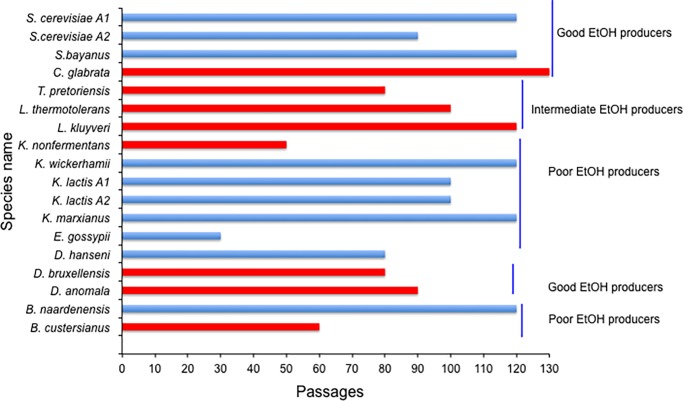Fig 3. Long-term yeast-bacteria experimental evolution.
A total of 18 yeasts covering over 250 million years of evolutionary history (S. cerevisiae A1 and A2 (2 strains), S. eubayanus, C. glabrata, T. pretoriensis, L. thermotolerans, L. kluyveri, K. non-fermentans, K. wickerhamii, K. lactis A1 and A2 (2 strains), K. marxianus, E. gossypii, D. hansenii, D. bruxellensis, D. anomala, B. naardenensis, and B. custersianus) [36] evolved in this study are shown. Yeasts are phylogenetically ordered such that species at the bottom are the least related to S. cerevisiae [60]. Red bars represent yeasts that underwent genomic rearrangements whereas blue bars represent those that did not. *Poor, intermediate and good ethanol producers (i.e. ethanol yield of 0.1 ± 0.1g, 0.25 ± 0.05g and 0.37 ± 0.06g of ethanol per gram of glucose consumed in aerobic batch fermentation respectively as reported elsewhere) [61] are all represented in the Saccharomyces and non-Saccharomyces yeasts. Species with a lower number of passages had difficulties in growing in the presence bacteria as described in the main text.

